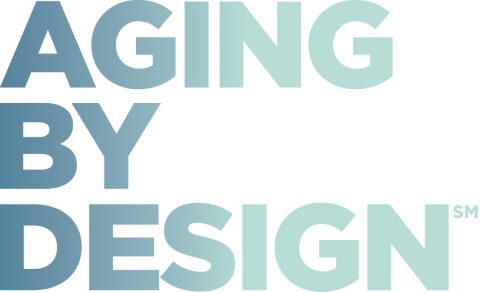What is Aging by Design?
What is possible when we create solutions with people, rather than for them? This question was at the core of Aging by Design, a program developed to improve the health of older adults using a process called Design Thinking.
What is Design Thinking?
Design Thinking is an approach to problem solving that puts the needs of people experiencing a problem at the core. It provides a toolkit for deeply understanding people’s needs and experiences, generating ideas to meet those needs, and then implementing innovative and practical solutions.
From some of our previous work and research around the needs of older adults, we learned that developing programs and interventions that reach this group of individuals must include their unique perspectives.
The program was designed to spur creativity and innovation by supporting organizations who serve older adults in designing, testing and implementing new or re-imagined approaches to reducing Triggers of Decline such as falls, medication errors and lack of caregiver support.
A New Approach, A New Ask: Design Days
Instead of asking for a traditional application or proposal, Aging By Design asked interested organizations to attend a Design Day workshop to learn about Design Thinking and how to apply it.
Learning Phase
After Design Day, the Health Foundation and our interested community partners embarked on a six-month learning phase that shaped the future of Aging by Design, as well as other programs and funding opportunities.
During this learning phase, our community partners put what they learned at Design Day into action by working with the older adults they serve to capture their stories, experiences, needs and preferences. Our partners received coaching and technical assistance throughout the process to ensure that they are comfortable and confident as they put their new skills to work.
Implementation Phase
At the end of the six months, community partners who participated in Design Day and contributed to the learning phase submitted proposals for Aging by Design’s implementation phase.
We selected projects to receive grant funding over a two-year period. Grantees also received support to further embed human-centered design into their organization’s work through continuous coaching, technical assistance, and shared learning between Aging by Design grantees.
Explore the “Blog” tab to read about the experiences of Aging by Design grantees.
